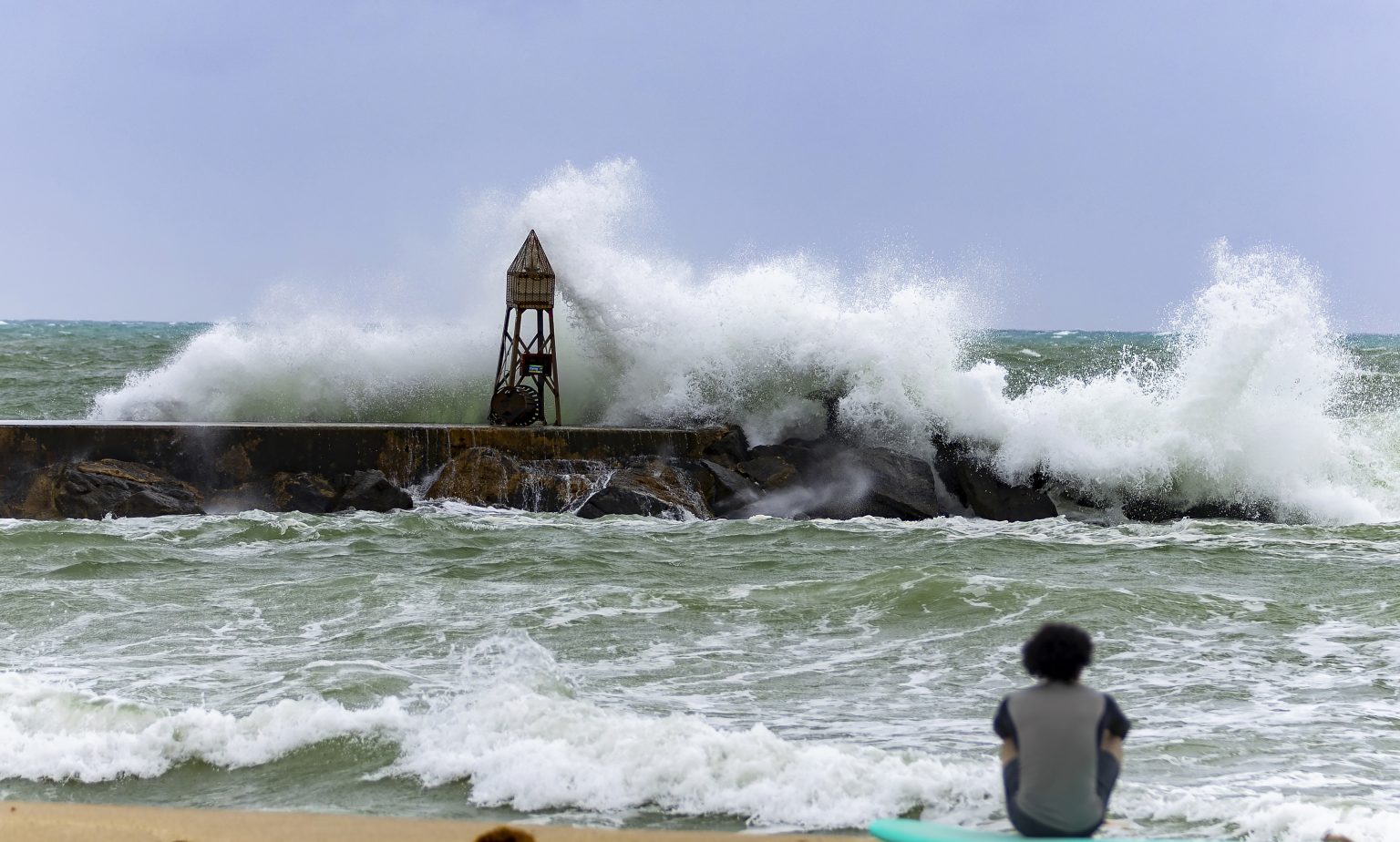Cuba is preparing for the impact of Hurricane Rafael, which is projected to hit the country as a major Category 3 storm on Wednesday. The storm is expected to bring life-threatening storm surges, winds, and flash floods when it makes landfall in western Cuba. Cubans are already struggling with blackouts following the aftermath of Hurricane Oscar, which hit the island last month and resulted in several fatalities. Thousands of people in western Cuba have been evacuated ahead of the storm, with classes and public transportation halted in affected areas. Workers are securing buildings and cleaning up garbage along Havana’s coastline in preparation for potential flooding.
The U.S. Department of State has advised non-essential staff and American citizens in Cuba to consider departure flights due to the potential impact of Hurricane Rafael. The Cuban Civil Defense has urged residents to prepare for the storm and to remain in safe locations once it hits. Hurricane Rafael is currently a Category 2 storm, located east-southeast of the Isle of Youth and south-southeast of Havana. The storm has maximum sustained winds of 110 mph and is moving northwest. It has already affected Jamaica and the Cayman Islands, causing power outages and flooding in these areas. A hurricane warning is in effect for parts of the Cayman Islands and several provinces in Cuba, with a tropical storm warning in place for other areas.
Forecasters predict that Hurricane Rafael will weaken over Cuba before entering the southeastern Gulf of Mexico as a hurricane. Florida and surrounding areas are expected to experience heavy rainfall during the latter part of the week, with storm surges potentially reaching up to 3 feet in some areas. Tornadoes are also a concern for the Florida Keys and southwestern Florida. This storm is the 17th named storm of the season, which has been predicted by the National Oceanic and Atmospheric Administration to be well above average in terms of hurricane activity. The Atlantic hurricane season typically runs from June 1 to November 30.
As Hurricane Rafael approaches, Cuba is bracing for more hardship in the form of life-threatening storm surges, winds, and flash floods. The country is already dealing with blackouts and recovery efforts from Hurricane Oscar, which caused several fatalities when it hit the island last month. Thousands of people in western Cuba have been evacuated as the storm approaches, with classes and public transportation suspended in affected areas. Workers are taking precautions to secure buildings and clean up debris along the coastline in anticipation of potential flooding.
The U.S. Department of State has issued advisories for non-essential staff and American citizens in Cuba to consider departure flights due to the potential impact of Hurricane Rafael. The Cuban Civil Defense has instructed residents to prepare for the storm and to seek shelter when it makes landfall. Hurricane Rafael is currently a Category 2 storm with sustained winds of 110 mph, located near the Isle of Youth and Havana. The storm has already affected Jamaica and the Cayman Islands, causing power outages and flooding in these areas. Hurricane and tropical storm warnings are in effect for various provinces in Cuba and parts of the Cayman Islands.
Forecasters expect Hurricane Rafael to weaken over Cuba before reaching the southeastern Gulf of Mexico as a hurricane. Florida and nearby areas are expected to experience heavy rainfall and storm surges, with potential tornadoes in parts of the state. This storm is the 17th named storm of the season, which has been predicted to be well above average in terms of hurricane activity. The Atlantic hurricane season runs from June 1 to November 30, and is likely to continue to pose challenges for the region in the coming weeks.








